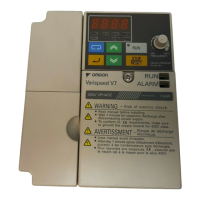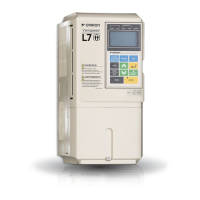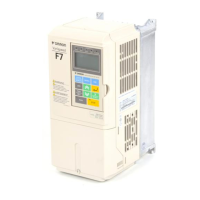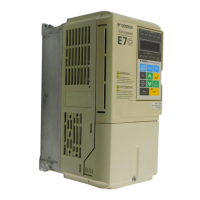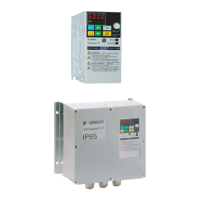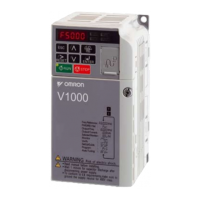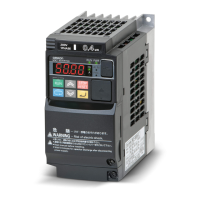IX
Maximum Applicable Motor Capacity
Note The figures in parentheses indicate capacities for motors used outside Japan.
Voltage Class
Checking for Damage Check the overall appearance and check for damage or scratches resulting
form transportation.
About this Manual
This manual is divided into the chapters described in the following table.
Information is organized by application area to enable you to use the manual
more efficiently.
Read and Understand this Manual
Please read and understand this manual before using the product. Please
consult your OMRON-YASKAWA representative if you have any questions or
comments.
0P1 0.1 (0.1) kW
0P2 0.25/0.37 (0.2) kW
0P4 0.55 (0.4) kW
0P7 1.1 (0.75) kW
1P5 1.5 (1.5) kW
2P2 2.2 (2.2) kW
4P0 4.0 (4.0) kW
2 Three-phase 200-V AC input (200-V class)
B Single-phase 200-V AC input (200-V class)
4 Three-phase 400-V AC input (400-V class)
Chapter Contents
Chapter 1 Overview Describes features and nomenclature.
Chapter 2 Design Provides dimensions, installation methods, wiring methods, peripheral device
design information, and peripheral device selection information.
Chapter 3 Preparing for Operation and
Monitoring
Describes nomenclature and Digital Operator procedures for operating and
monitoring Inverters.
Chapter 4 Test Run Describes the method for controlling a motor through the frequency adjuster on
the front of the Inverter. This can be used for trial operation of the system.
Chapter 5 Basic Operation Describes basic Inverter control functions for users not familiar with Inverters.
The functions that must be understood to drive a motor with an Inverter are
described.
Chapter 6 Advanced Operation Describes all of the functions provided by the Inverter. These functions will
enable more advanced applications, and includes functions that will improve
motor control through the Inverter, such as responsiveness (torque character-
istics), increasing speed accuracy, PID control, overtorque detection, and
other functions.
Chapter 7 Communications Describes the RS-422/485 Communications Unit and the general-purpose
RS-422/485 communications functions provided by the Inverter, including
connection methods.
Chapter 8 Maintenance Operations Provides maintenance, inspection, and troubleshooting information.
Chapter 9 Specifications Provides Inverter specifications, as well as the specifications and dimensions of
peripheral devices.
Chapter 10 List of Parameters Lists basic information on Inverter parameters as a reference for users already
familiar with Inverter operation. Parameters are listed in order with the page
numbers of further information for easy reference.
Chapter 11 Using the Inverter for a
Motor
Describes information on using the Inverter for a motor.
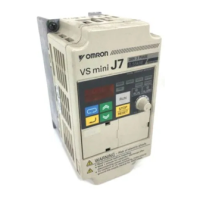
